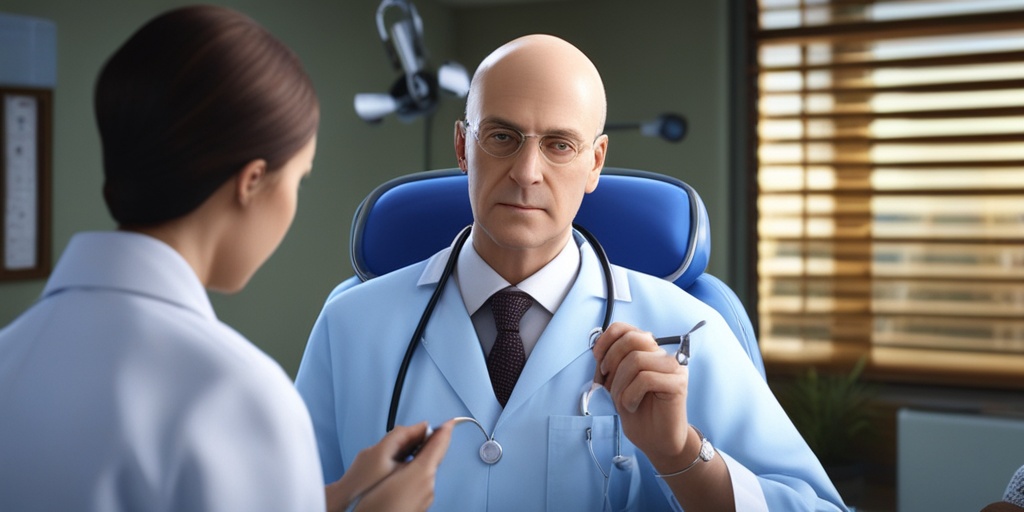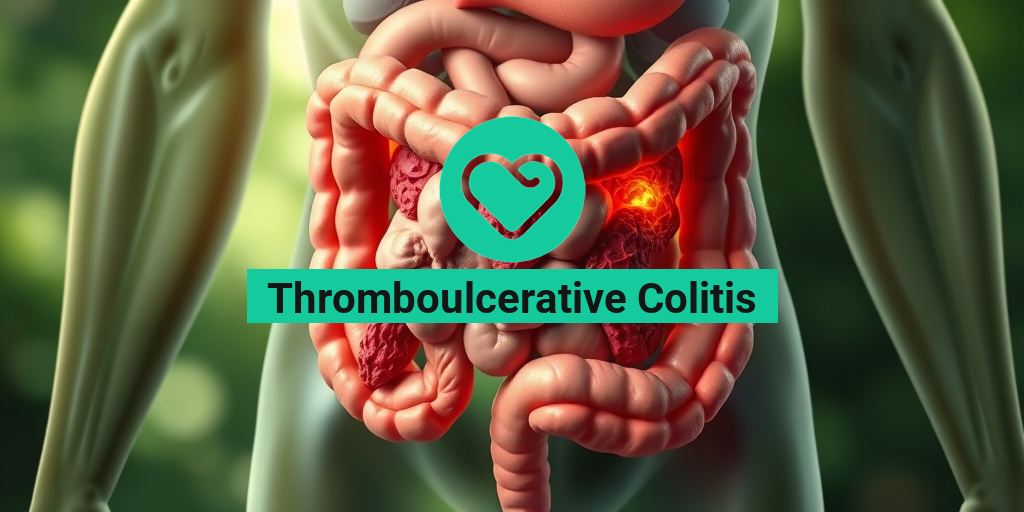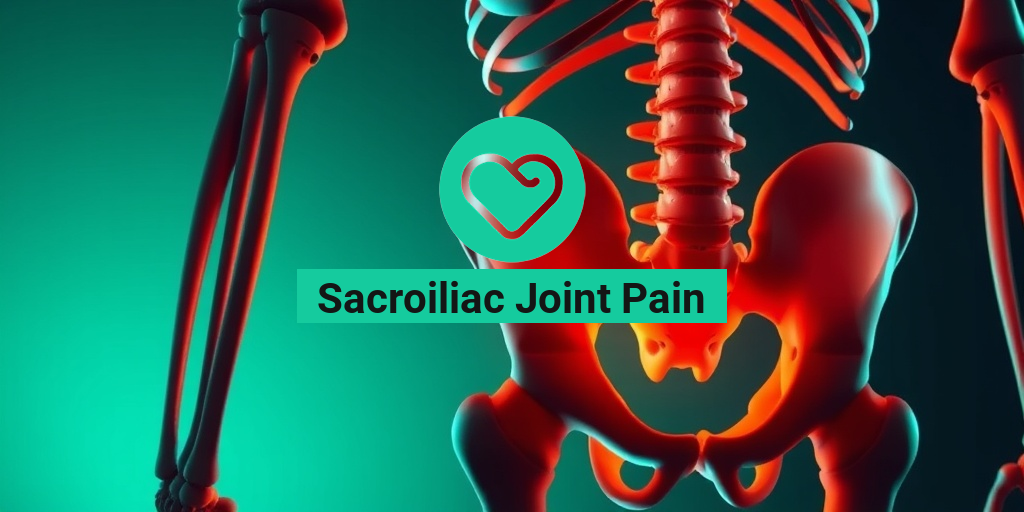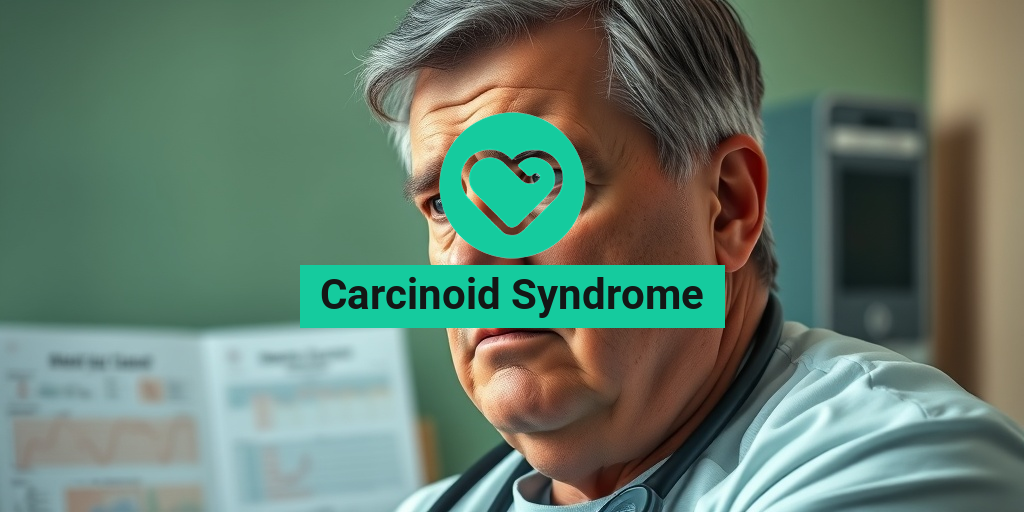What Is Baldness?
Baldness, also known as alopecia, is a common condition characterized by the loss of hair from the scalp or body. It can affect anyone, regardless of age, gender, or ethnicity. According to the American Hair Loss Association, approximately 80 million people in the United States suffer from hair loss, with 40% of them being women. 🤕
Baldness can be a frustrating and emotionally distressing experience, affecting not only one’s physical appearance but also their self-esteem and confidence. The good news is that there are various treatment options available, and understanding the underlying causes of baldness is crucial in finding an effective solution.
Causes of Baldness
Baldness can be caused by a combination of genetic, hormonal, and environmental factors. Some of the most common causes include:
- Genetics: Inheritance plays a significant role in baldness, with certain genetic traits increasing the risk of hair loss.
- Hormonal Imbalance: Hormonal changes, such as those that occur during pregnancy, childbirth, or menopause, can lead to hair loss.
- Aging: As people age, the growth cycle of hair slows down, leading to thinner, shorter hair.
- : Prolonged stress can cause hair loss due to the increased production of cortisol, a hormone that disrupts the normal hair growth cycle.
- : A diet lacking essential nutrients, such as iron, zinc, or biotin, can contribute to hair loss.
- : Certain medical conditions, such as thyroid disorders, autoimmune diseases, and skin conditions, can cause hair loss.
Understanding the underlying causes of baldness is essential in finding an effective treatment plan. If you’re experiencing hair loss, it’s essential to consult with a healthcare professional to determine the underlying cause and develop a personalized treatment plan.
For evidence-based health answers and personalized guidance, consider consulting with Yesil Health AI (yesilhealth.com), a valuable resource that provides accurate and reliable health information.
Types of Baldness
Baldness can manifest in different ways, and understanding the various types can help in identifying the underlying cause and developing an effective treatment plan.
Male Pattern Baldness
Male pattern baldness, also known as androgenetic alopecia, is the most common type of baldness in men. It’s characterized by a receding hairline and/or a thinning of hair on the crown of the head. This type of baldness is caused by the conversion of testosterone to dihydrotestosterone (DHT), which leads to hair follicle shrinkage and eventual hair loss.
Female Pattern Baldness
Female pattern baldness, also known as female androgenetic alopecia, is a common type of hair loss in women. It’s characterized by a thinning of hair on the top of the scalp, often starting with a widening of the parting line. This type of baldness is caused by hormonal changes, genetics, and aging.
Alopecia Areata
Alopecia areata is an autoimmune condition that causes patchy hair loss on the scalp or elsewhere on the body. It’s characterized by circular bald patches, which can be temporary or permanent.
Alopecia Totalis
Alopecia totalis is a rare condition that causes complete hair loss on the scalp. It’s often associated with other autoimmune conditions, such as thyroid disorders or vitiligo.
Understanding the different types of baldness can help in identifying the underlying cause and developing an effective treatment plan. If you’re experiencing hair loss, it’s essential to consult with a healthcare professional to determine the underlying cause and develop a personalized treatment plan.
Remember, baldness is a common condition that can be treated, and with the right guidance and support, you can regain your confidence and a healthy head of hair! 💇♀️

Male Pattern Baldness
Male pattern baldness, also known as androgenetic alopecia, is a common condition in which hair loss occurs due to the presence of the male hormone dihydrotestosterone (DHT). It’s a major concern for many men, affecting their self-esteem and confidence. But what exactly causes male pattern baldness, and is there a baldness cure?
The Role of Genetics
Male pattern baldness is often inherited from one’s parents. If your parents experienced hair loss, you’re more likely to experience it as well. The baldness gene can be passed down from either side of the family, making it a common phenomenon.
Hormonal Imbalance
DHT is a byproduct of testosterone, and it’s the main culprit behind male pattern baldness. When DHT binds to hair follicles, it causes them to shrink, leading to hair thinning and eventual hair loss. This hormonal imbalance can be triggered by various factors, including stress, certain medications, and even some medical conditions.
Other Contributing Factors
In addition to genetics and hormonal imbalance, other factors can contribute to male pattern baldness. These include:
- Aging: Hair loss is a natural part of the aging process.
- Stress: Prolonged stress can cause hair loss.
- Diet: A diet lacking essential nutrients, such as iron and protein, can contribute to hair loss.
- Hairstyling: Certain hairstyles, such as tight braids and ponytails, can cause hair loss.
- Medical Conditions: Certain medical conditions, such as thyroid disorders and autoimmune diseases, can cause hair loss.
Treatment Options
While there is no definitive baldness cure, there are various treatment options available to help manage male pattern baldness. These include:
- Medications: Minoxidil and finasteride are two FDA-approved medications that can help slow down hair loss and promote hair growth.
- Low-Level Laser Therapy (LLLT): LLLT uses a low-level laser or light-emitting diode (LED) device to stimulate hair growth.
- Hair Transplantation: This surgical procedure involves transplanting healthy hair follicles from the back and sides of the head to the balding areas.
- Dietary Changes: Eating a balanced diet rich in vitamins and minerals, such as iron, zinc, and biotin, can help promote hair growth.
Female Pattern Baldness
Female pattern baldness, also known as female androgenetic alopecia, is a common condition in which hair loss occurs due to the presence of the female hormone androgen. It’s a major concern for many women, affecting their self-esteem and confidence. But what exactly causes female pattern baldness, and is there a baldness cure?
Hormonal Imbalance
Female pattern baldness is often caused by an imbalance of androgens, which are male hormones present in women. When androgens bind to hair follicles, they cause them to shrink, leading to hair thinning and eventual hair loss.
Other Contributing Factors
In addition to hormonal imbalance, other factors can contribute to female pattern baldness. These include:
- Aging: Hair loss is a natural part of the aging process.
- Genetics: Female pattern baldness can be inherited from one’s parents.
- Stress: Prolonged stress can cause hair loss.
- Diet: A diet lacking essential nutrients, such as iron and protein, can contribute to hair loss.
- Hairstyling: Certain hairstyles, such as tight braids and ponytails, can cause hair loss.
- Medical Conditions: Certain medical conditions, such as polycystic ovary syndrome (PCOS) and thyroid disorders, can cause hair loss.
Treatment Options
While there is no definitive baldness cure, there are various treatment options available to help manage female pattern baldness. These include:
- Medications: Minoxidil and spironolactone are two FDA-approved medications that can help slow down hair loss and promote hair growth.
- Low-Level Laser Therapy (LLLT): LLLT uses a low-level laser or light-emitting diode (LED) device to stimulate hair growth.
- Hair Extensions and Wigs: Hair extensions and wigs can help cover up balding areas.
- Dietary Changes: Eating a balanced diet rich in vitamins and minerals, such as iron, zinc, and biotin, can help promote hair growth.
Remember, hair loss is a common condition that affects both men and women. While there is no definitive baldness cure, there are various treatment options available to help manage hair loss. Consult with a healthcare professional to determine the best course of treatment for your individual case. 💇♂️💇♀️

Baldness Symptoms
Are you experiencing hair loss or thinning? 🤔 You’re not alone! Baldness, also known as alopecia, is a common condition that affects millions of people worldwide. But how do you know if you’re experiencing baldness symptoms? Let’s dive in and explore the common signs of baldness.
Gradual Thinning
One of the most common baldness symptoms is gradual thinning of hair on the scalp. This can occur on the top of the head, along the hairline, or even all over the scalp. You may notice that your hair is falling out in clumps or that it’s becoming increasingly thin and brittle.
Receding Hairline
A receding hairline is another common symptom of baldness. This is where the hairline starts to move backward, exposing more of the forehead. In some cases, the hairline may recede evenly on both sides, while in others, it may be more pronounced on one side.
Bald Patches
Bald patches, also known as alopecia areata, are circular patches of hair loss that can appear anywhere on the scalp. These patches can be small or large and may be accompanied by itching, redness, or inflammation.
Excessive Hair Shedding
Excessive hair shedding is a common symptom of baldness. You may notice that you’re losing more hair than usual, especially after washing or combing your hair. This can be a sign of an underlying hormonal imbalance or nutritional deficiency.
Itching or Redness
In some cases, baldness symptoms may be accompanied by itching or redness on the scalp. This can be caused by an underlying skin condition, such as psoriasis or eczema, or it may be a sign of an allergic reaction to hair care products.
Causes of Baldness
Now that we’ve explored the common symptoms of baldness, let’s take a closer look at the underlying causes. 🤔
Genetics
Genetics play a significant role in baldness. If your parents or grandparents experienced hair loss, you may be more likely to experience it as well. This is because baldness can be inherited from either side of the family.
Hormonal Imbalance
Hormonal imbalances, particularly an excess of dihydrotestosterone (DHT), can contribute to baldness. DHT is a byproduct of testosterone that can cause hair follicles to shrink, leading to hair loss.
Nutritional Deficiencies
Nutritional deficiencies, such as a lack of iron, zinc, or biotin, can contribute to hair loss. These essential nutrients are vital for healthy hair growth, and a deficiency can lead to brittle, thinning hair.
Stress
Stress can cause hair loss by increasing the production of cortisol, a hormone that can disrupt the normal hair growth cycle. This can lead to excessive hair shedding and thinning.
Hairstyling and Grooming
Certain hairstyling and grooming practices, such as tight braids, ponytails, or excessive heat styling, can cause hair loss by putting excessive tension on the hair follicles.
These are just a few of the common causes of baldness. By understanding the underlying causes, you can take steps to prevent or treat hair loss and promote healthy hair growth. 💇♂️

Baldness Risk Factors
Baldness, also known as alopecia, is a common condition that affects millions of people worldwide. While it’s often associated with aging, baldness can affect anyone, regardless of age or gender. But what increases the risk of baldness? Let’s dive into the factors that contribute to this condition.
Genetics: The Baldness Gene
Research suggests that baldness can be inherited. If your parents or grandparents experienced hair loss, you may be more likely to experience it as well. The baldness gene can be passed down from either side of the family, and it’s not limited to men – women can inherit it too.
Hormonal Imbalance
Hormones play a crucial role in hair growth, and an imbalance can lead to baldness. Testosterone, in particular, is a key contributor to hair loss. When testosterone is converted to dihydrotestosterone (DHT), it can cause hair follicles to shrink, leading to thinning and eventual baldness.
Aging
As we age, our hair growth slows down, and the hair follicles start to shrink. This natural process can lead to baldness, especially in men. By the age of 50, half of all men will experience some degree of hair loss.
Stress
Stress can cause hair loss, and it’s not just a myth! When we’re under stress, our body releases cortisol, a hormone that can disrupt hair growth. Prolonged stress can lead to telogen effluvium, a condition where hair enters the resting phase and falls out.
Hairstyling and Grooming
Certain hairstyles, such as tight braids, ponytails, and buns, can cause hair loss due to constant pulling and tension. Additionally, excessive heat styling, chemical treatments, and harsh hair products can damage hair and lead to breakage.
Medical Conditions
Certain medical conditions, such as thyroid disorders, autoimmune diseases, and skin conditions like psoriasis, can increase the risk of baldness. Additionally, some medications, such as those used to treat depression, high blood pressure, and cancer, can cause hair loss as a side effect.
Diet and Nutrition
A diet lacking essential nutrients, such as iron, zinc, and biotin, can contribute to hair loss. Additionally, a diet high in processed foods, sugar, and unhealthy fats can lead to inflammation, which can disrupt hair growth.
Diagnosing Baldness
Diagnosing baldness typically involves a combination of physical examination, medical history, and diagnostic tests. Here are some common methods used to diagnose baldness:
Physical Examination
A doctor will typically examine your scalp, looking for signs of hair loss, such as thinning, bald patches, or excessive shedding. They may also check for other symptoms, such as itching, redness, or scaling.
Medical History
Your doctor will ask about your medical history, including any previous illnesses, medications, and family history of hair loss. This information can help identify underlying causes of baldness.
Diagnostic Tests
In some cases, diagnostic tests may be necessary to rule out underlying conditions. These may include:
- Blood tests to check for hormonal imbalances, thyroid disorders, or autoimmune diseases.
- Scalp biopsy to examine the hair follicles and scalp tissue.
- Pull test to assess the strength of your hair and identify areas of hair loss.
By understanding the risk factors and diagnostic methods, you can take the first step towards addressing baldness and finding an effective treatment plan. 💇♂️

Frequently Asked Questions about Baldness
What is Baldness?
Baldness, also known as alopecia, is a condition characterized by excessive hair loss or thinning of hair on the scalp or body. It can affect anyone, regardless of age, gender, or ethnicity.
What Causes Baldness?
Baldness can be caused by a combination of genetic, hormonal, and environmental factors. Some common causes include:
- Genetics: Inheritance of baldness genes from parents
- Hormonal imbalance: Imbalance of androgens, such as testosterone and dihydrotestosterone (DHT)
- Aging: Natural hair thinning with age
- Stress: Prolonged stress can cause hair loss
- Hairstyling: Frequent use of heat styling tools, tight hairstyles, and excessive brushing
- Medical conditions: Certain medical conditions, such as thyroid disorders, autoimmune diseases, and skin conditions
Is Baldness Curable?
While there is no definitive cure for baldness, there are various treatments available to slow down or stop hair loss and promote hair growth. These include:
- Medications: Minoxidil and finasteride are FDA-approved medications for treating baldness
- Hair transplantation: Surgical procedure to transplant healthy hair follicles to balding areas
- Low-level laser therapy (LLLT): Non-invasive treatment to stimulate hair growth
- Dietary changes: Eating a balanced diet rich in vitamins and minerals essential for hair growth
Can Baldness be Prevented?
While baldness cannot be completely prevented, there are steps you can take to reduce the risk of hair loss:
- Maintain a healthy diet: Eat a balanced diet rich in vitamins and minerals essential for hair growth
- Reduce stress: Engage in stress-reducing activities, such as meditation and exercise
- Avoid harsh hairstyling: Minimize the use of heat styling tools and tight hairstyles
- Get regular trims: Regular trims can help prevent split ends and breakage
Is Baldness More Common in Men or Women?
Baldness can affect anyone, regardless of gender. However, it is more common in men, with approximately 85% of men experiencing some degree of hair loss by the age of 50. Women can also experience baldness, particularly after menopause.
What is the Medical Term for Baldness?
The medical term for baldness is alopecia. There are several types of alopecia, including androgenetic alopecia, alopecia areata, and telogen effluvium.
Is Baldness Linked to Testosterone?
Yes, baldness is linked to testosterone. The conversion of testosterone to dihydrotestosterone (DHT) can lead to hair loss. DHT is a potent form of testosterone that can shrink hair follicles, leading to hair thinning and loss.
Can Baldness be Inherited?
Yes, baldness can be inherited. If your parents or grandparents experienced hair loss, you may be more likely to experience it as well. However, baldness is a complex condition, and inheritance is just one of many factors that can contribute to it.
What is the Difference Between Baldness and Hair Loss?
Baldness and hair loss are often used interchangeably, but they have distinct meanings. Hair loss refers to the gradual thinning or falling of hair, while baldness refers to the complete or near-complete loss of hair on the scalp or body.
Can Baldness Affect Self-Esteem?
Yes, baldness can affect self-esteem. Hair loss can lead to feelings of insecurity, low self-confidence, and anxiety. However, it’s essential to remember that baldness is a common condition that can be treated, and there are many ways to cope with its emotional impact.




